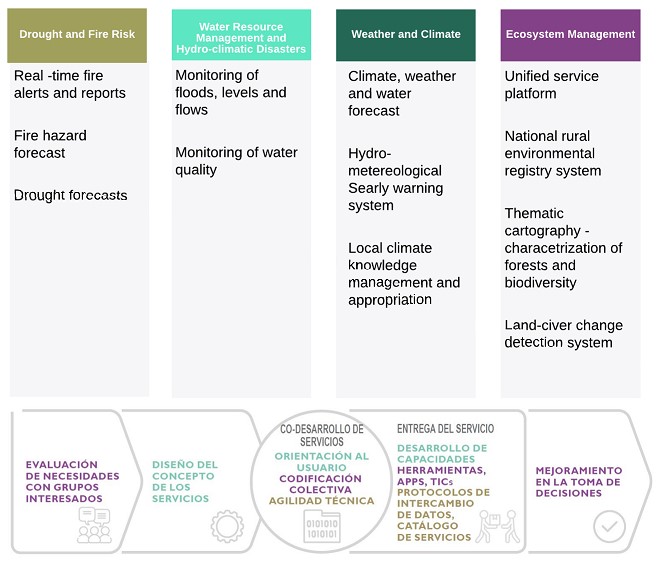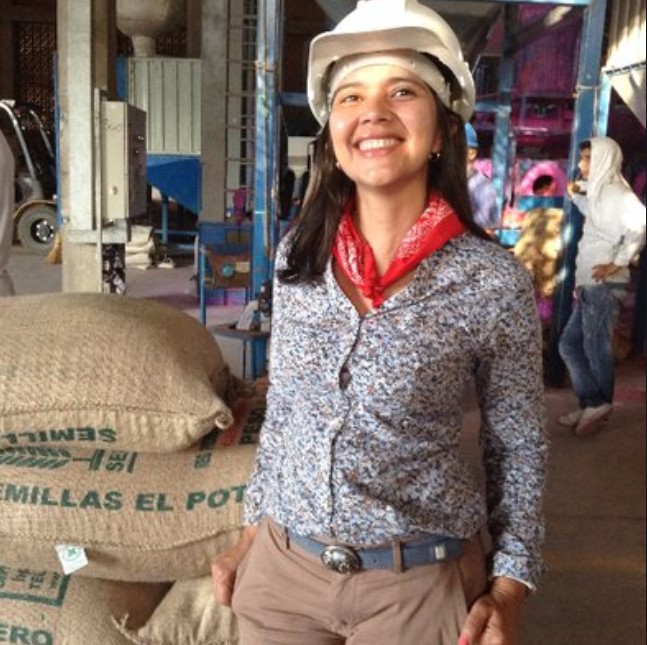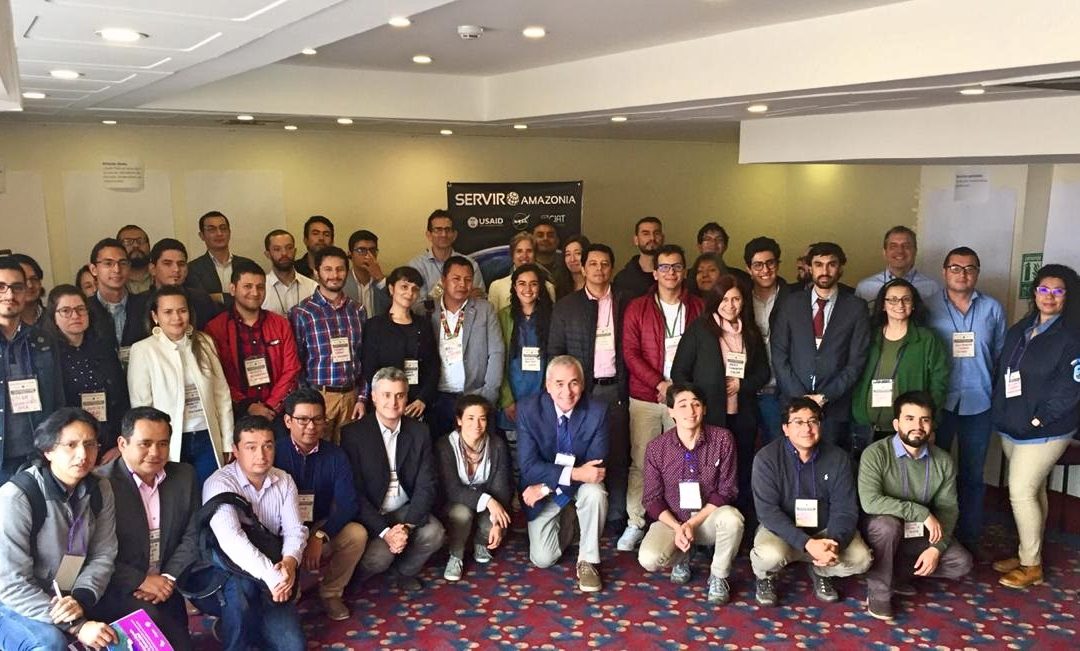Download the workshop report (in Spanish only)
Read this post in Spanish
On 28–29 August 2019, the “Consultation about the Needs of the SERVIR-Amazonia Program Users” workshop was held in Bogotá, with the participation of representatives of 32 governmental, non-governmental, and civil society organizations.
This workshop is part of the local and regional user needs’ assessment process of SERVIR-Amazonia. The Program is a collaborative venture of the National Aeronautics and Space Administration (NASA) and the United States Agency for International Development (USAID), which “seeks a broader understanding of the needs in the Amazon and thus developing better geospatial tools, outputs, and services to promote the sustainable management of natural resources across the region and a better-informed environmental decision-making”.
Here is an outline summarizing the 12 ideas for services identified during the workshop:

During the two-day workshop, participants evaluated the state-of-the-art of geospatial services for the Amazon in Colombia according to the four thematic areas of the Program (Drought and Fire Risk; Water Resources Management and Hydro-climatic Disasters; Weather and Climate; and Ecosystem Management).
“This exercise allowed us to see that each of our institutions can improve existing geospatial services by contributing information and expert staff in the interest of having a more sustainable Amazon”, said Mery Fernández, Head of the Forecast and Alerts at IDEAM. She also highlighted “the need for a platform that would integrate all the services offered by the different institutions. It would allow territorial and regional authorities, as well as communities, to make decisions regarding the conservation of the Colombian Amazon”.
During the workshop, participants stressed the urgency of having longer-term drought forecasts to ensure an enhanced preparedness. Furthermore, “we should be able to monitor fire propagation in near real-time, once they have started”, as pointed out by Katia Fernandes, Scientist from the University of Arkansas, who leads the area of Drought and Fire Risk at the SERVIR-Amazonia Program.
“Colombia has an excellent level of information and is very active regarding the services in place. The key is deciding how to advance in order to have a better service portfolio for the Colombian Amazon and that we are able to escalate to Peru and Brazil”, said the researcher. For the Director of SERVIR-Amazonia Carlos Gasco, “this mapping exercise is the main input to prioritize the services to be developed during the Program and it will be used in the design and co-development stage”.

Gustavo Galindo de IDEAM y Kelsey Herndon de NASA presentan la úlimas tendencias en tecnologías de observación de la tierra
The voice of women and indigenous peoples
An important component of SERVIR-Amazonia is the participation of women and indigenous peoples in the path to develop tools, products, and services that allow better decision-making. During the workshop there was a space to discuss improved strategies to optimize the participation of communities living in the territories of the Amazon basin. “We tend to consider our institutions as the only information providers. We must understand that communities and local actors are also important sources of information to manage protected areas in municipalities and departments. Being able to work with communities will be key”, claimed Ana María Hernández, from Colombia’s Natural National Parks.
Some of the recommendations arising from the workshop included: consulting with indigenous peoples, understanding their needs and behaviors before designing the Program, starting by understanding their views about the territory, ensuring their participation in the design of services from the beginning, as well as holding co-development workshops with them and including them as experts and owners of the information.
“The purpose is building capacities and partnerships, and we have to work with the Amazon communities that are using and protecting the natural resources. These communities must be part of the co-design and be on the user demand side of SERVIR-Amazonia”, said Michelle Jennings, Director of USAID’s Environment Office in Peru.
And she added: “the most important thing is that in five years, when SERVIR-Amazonia comes to an end, we leave a legacy of capacities, wisdom, and institutional structure, as well as a network of organizations collaborating to leave a better future for coming generations”.
“As indigenous people, it hurts us when someone arrives to cut down forests without limitations. Until three years ago, when I traveled by air, I could see the rainforest. Now I see only savannas and pastures. We have to ensure enforceability of the regulatory framework in Colombia”, emphasized José Wilter Rodríguez, representative of the Organization of Indigenous Peoples of the Colombian Amazon-region (OPIAC).
SERVIR-Amazonia is preparing to hold the third consultation workshop with its regional partners in Brazil.
Author of this blog post
 Adriana Varón, Journalist
Adriana Varón, Journalist
Coordinator of communications for Latin America, CIAT



